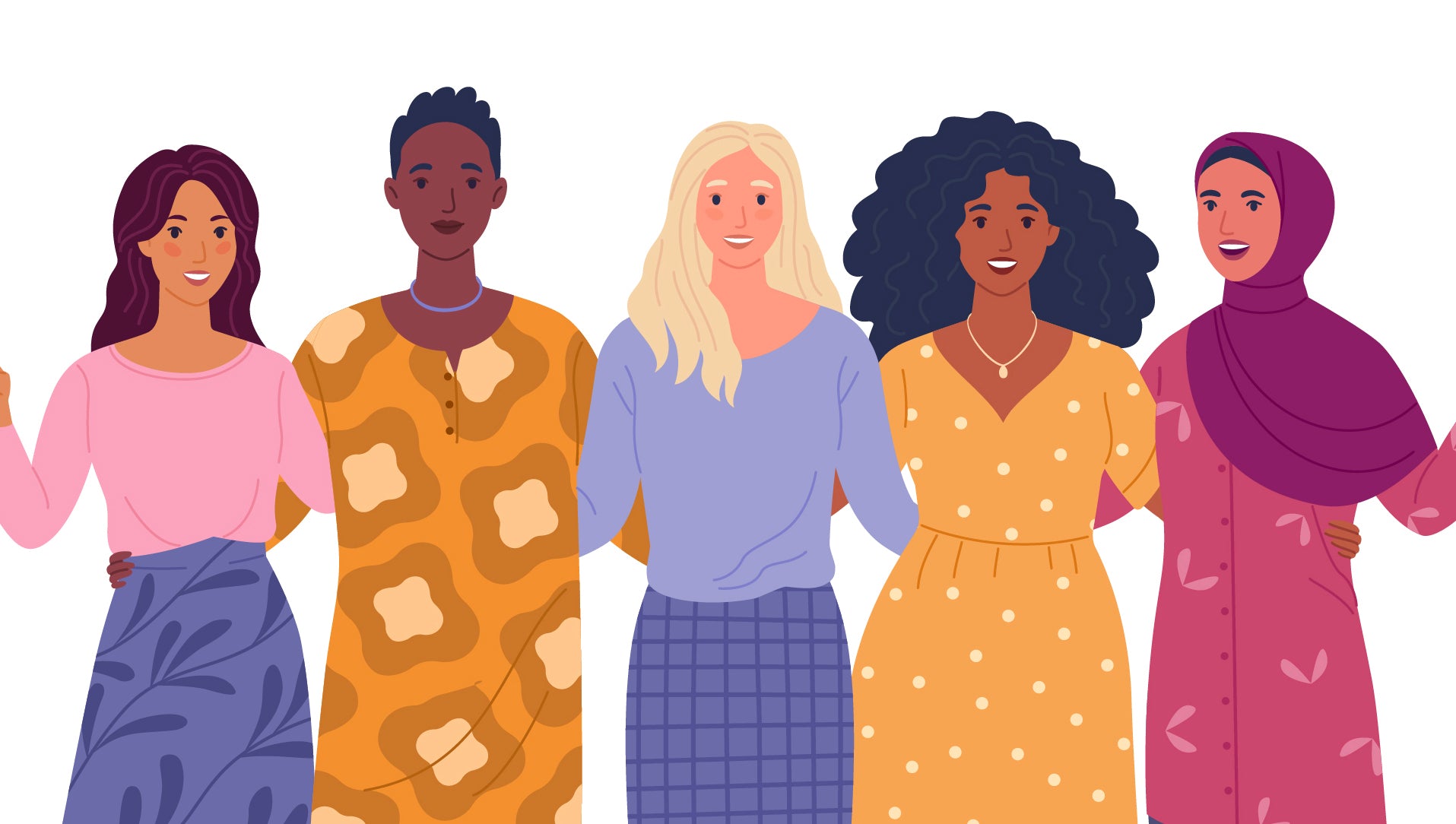#BreakTheBias this International Women's Day
•Posted on March 08 2022

It's International Women's Day! As a women owned and run business, we love and resonate with this year's theme: #BreakTheBias. There is no doubt that women have made great strides in the last century toward equality, but there is also no denying that there are still plenty of glass ceilings and biases to break.
In 2022, International Women's Day and the causes it supports are still as relevant as ever, especially with the Covid-19 pandemic causing some regressions in female equality. Women are overwhelmingly front-line workers with 73% of government and community-based services workers, 76 percent of healthcare workers, and 78 percent of social workers all being women. More mothers than fathers have been obliged to stop working due to the pandemic, and women of color face higher layoffs and more difficulty in finding work during the pandemic.
Even before the global crisis, women continued to face inequality. As of 2020, women made up 67% of the labor force earning the minimum federal wage (which has stalled at $7.25 since 2009), and only 8% of CEOs at Fortune 500 companies. Men also make up an overwhelming majority of top earners across the U.S. economy, even though women now represent almost half of the country’s workforce. In two decades, the U.S. gender income gap has narrowed only slightly.
Part of this pay gap could be attributed to biases against women. For example, a typical STEM worker earns two-thirds more than those employed in other fields, but women are highly underrepresented in these fields. Only 25% of those who work in computer and mathematical occupations are women.
Read our blog on how to encourage girls in STEM
There are a number of reasons why this could be, but ability is not one of them. Research shows that there are no innate cognitive biological differences between men and women when it comes to math. And yet, by the third grade, girls start to lose their confidence in math, most likely due to stereotyping and math anxiety caused by stereotyping. In a study of students at Cornell University in 2003, psychologists found that women rated their scientific abilities lower than men, even though they performed roughly the same in a quiz. A 2015 PISA report found even high-achieving girls underachieved when they were asked to ‘think like scientists’. Girls were less confident at solving science and math problems and reported higher levels of anxiety towards math. But when boys and girls are equally confident in their math abilities, research shows that the gender gap in math performance narrows.
Other factors also come into play. Because there are so few women in these fields, other girls and women don't have many female role models to look up to. And a male-dominated workforce makes for a male-dominated culture, which can be unattractive to women or unsupportive of them.
Read our blog on women mentoring women
To promote gender parity and equality, we must #BreakTheBias. There are many ways to get involved and break the bias to ensure that our daughters grow up in a world that is more fair and safe. Visit the International Women's Day website to see ways to get involved.